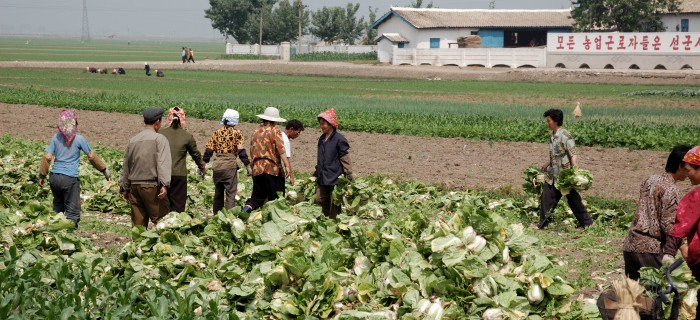Famine and the Future of Food Security in North Korea
May 2005, Policy Brief No. 11
Executive Summary
The food shortage in North Korea that evolved into a famine in the mid-1990s and persists today was the outcome of multiple factors, including agricultural policy, weather, politics, and economics. As many as 10 percent of the population perished in the famine, and as the food crisis continues, over six million North Koreans continue to face hunger today.
This report attempts to show how North Korea’s agricultural and economic policies developed in response to a complex set of historical factors, including three previous periods of food shortage. These policies yielded more food in the short run, but their ultimate effect was lower productivity.
This report calls on the international community to help North Koreans achieve true food security, not isolate, vilify, strong-arm or exploit them.
North Korean policy has long prioritized feeding all North Koreans; it has also sought to make the country food self-sufficient. For decades, North Korea was able to ensure that everyone had an adequate diet and access to basic goods and public services, such as education and health care. This was in spite of the fact that only 14 percent of North Korea’s predominantly mountainous land is arable.
This report aims to help foreigners understand North Korea’s insistence on food self-sufficiency by outlining North Korea’s history and exploring the causes of its recent famine and the deep roots of its self-sufficiency or juche ideology. This report also assesses the current food situation in North Korea and explores three possible paths for North Korea to achieve greater food self-sufficiency: moving to a more sustainable model of agriculture; expanding trade via elimination of U.S. sanctions; and/or reunification with South Korea. Ultimately, this report calls on the international community to help North Koreans achieve true food security, not isolate, vilify, strong-arm, or exploit them.


 Help Food First to continue growing an informed, transformative, and flourishing food movement.
Help Food First to continue growing an informed, transformative, and flourishing food movement.




